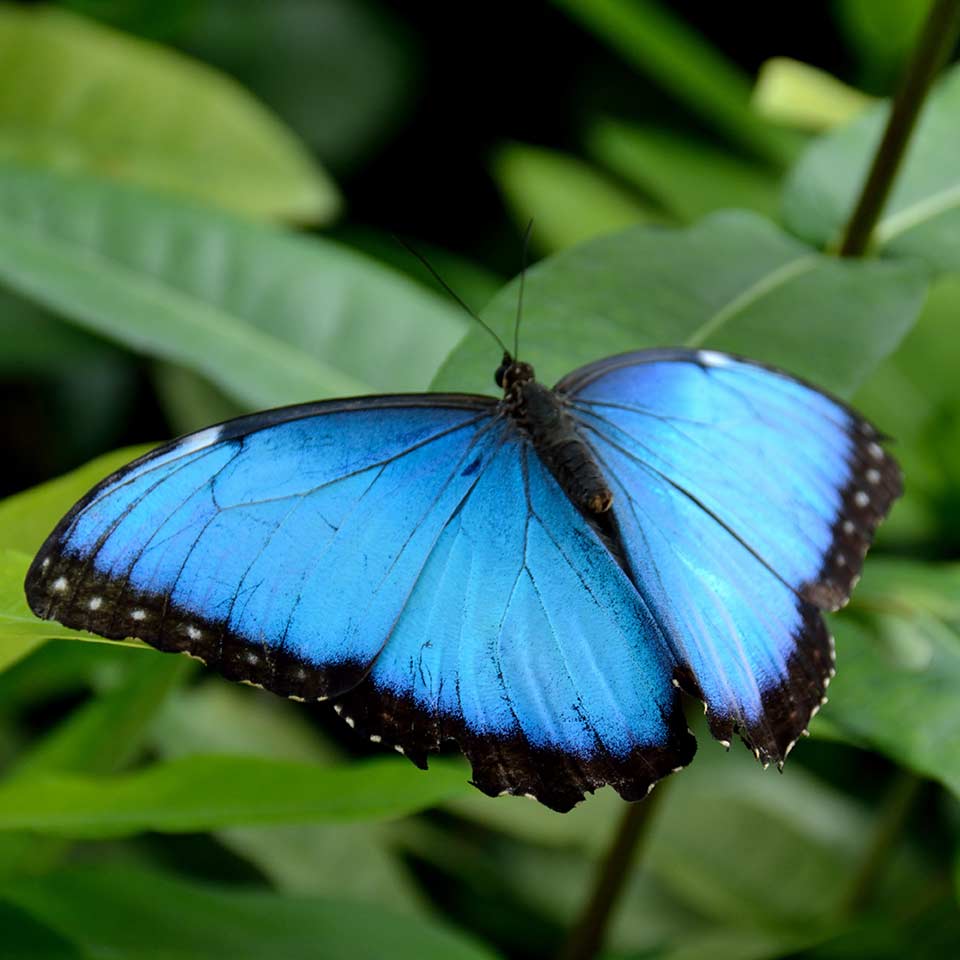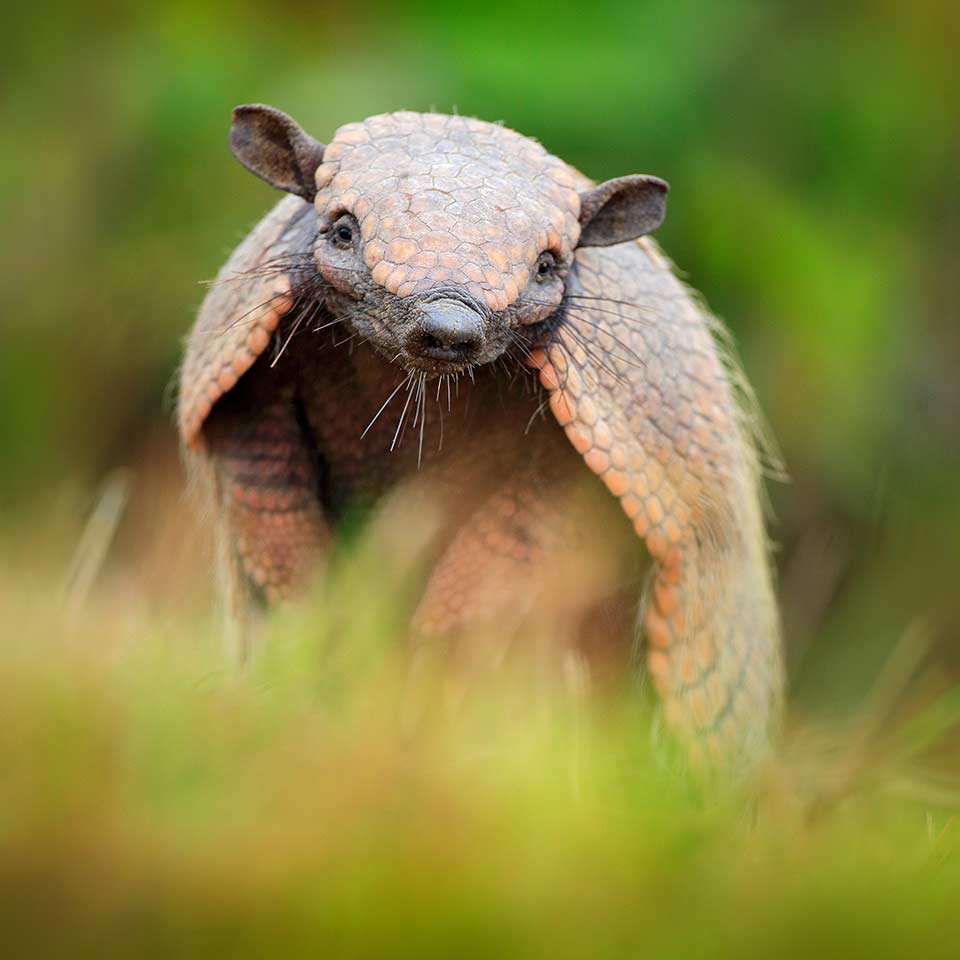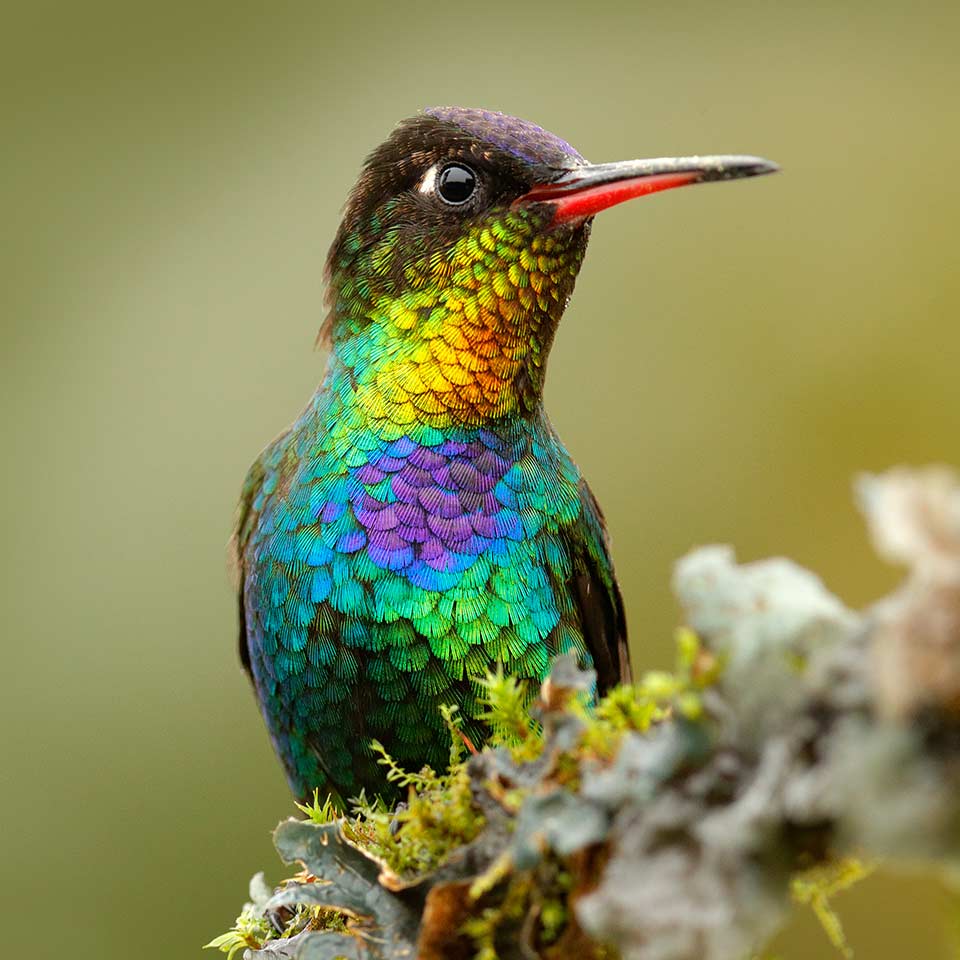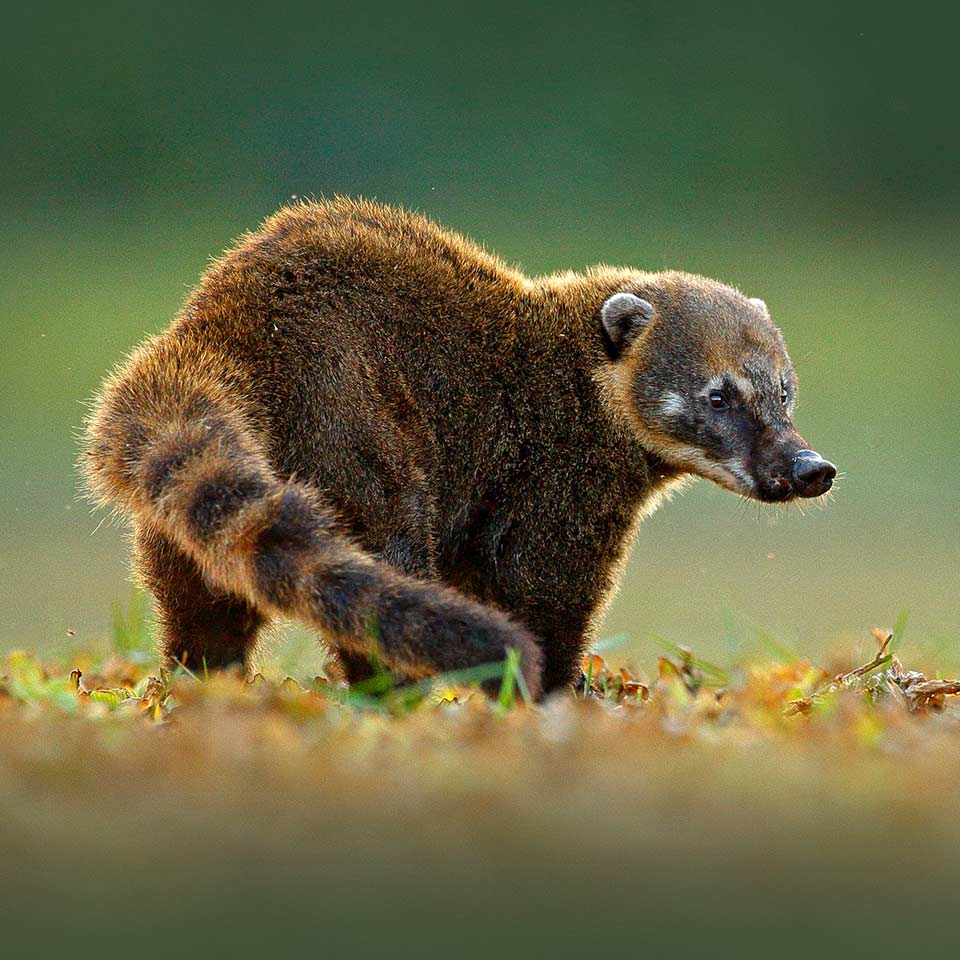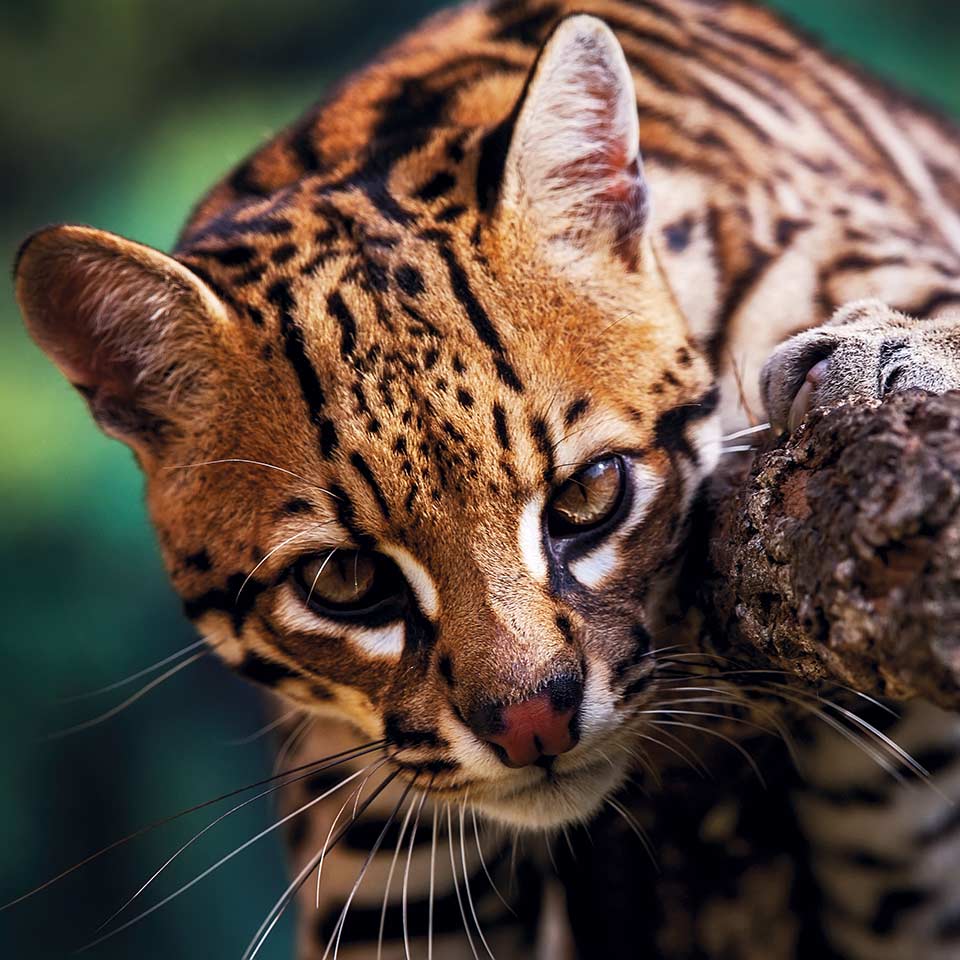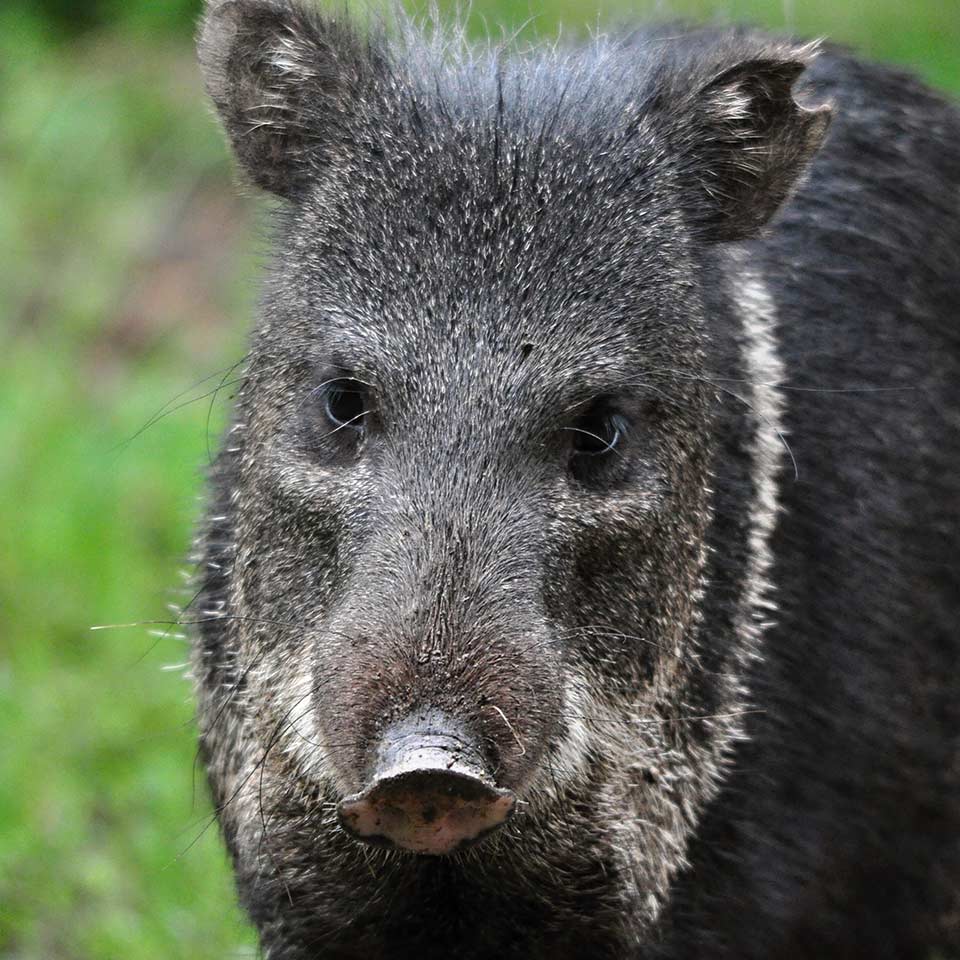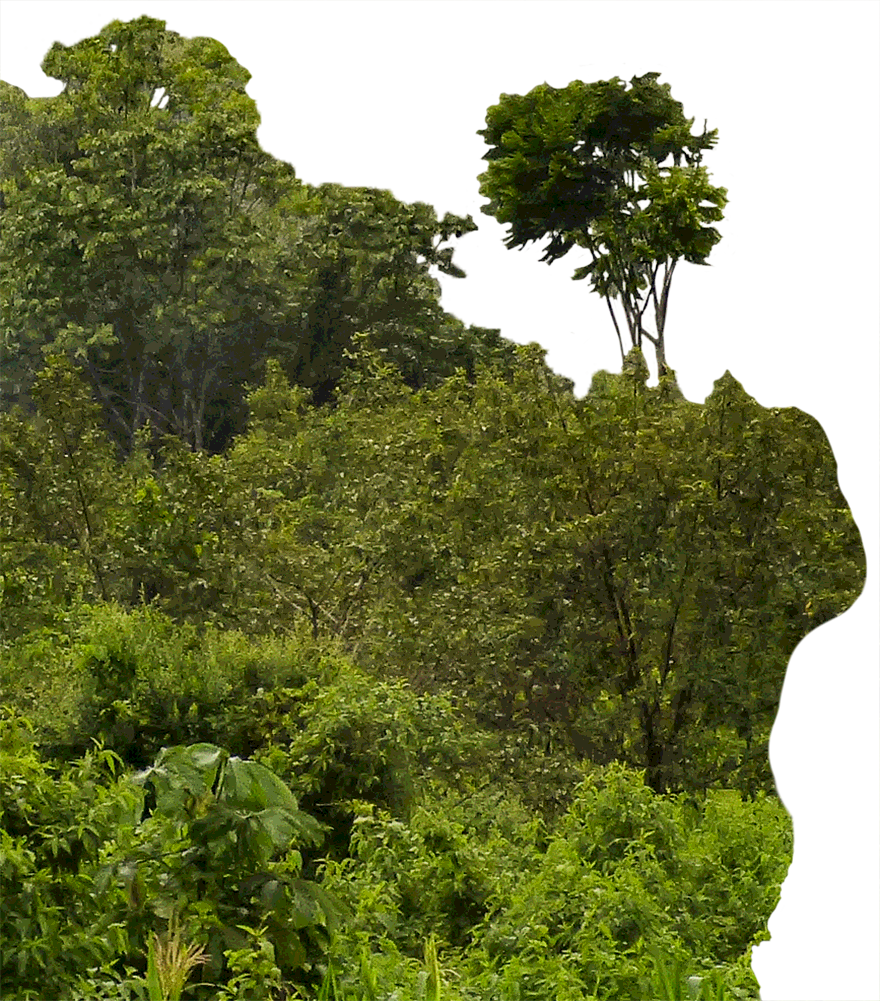The next sound comes from down in one of the many ravines. It sounds haunting and comes from the dancing ground of the Andean cock of the rock, Peru's national bird. Every morning and evening, the chicken-sized, bright orange roosters gather to sing and dance. The frogs also make many sounds, croaking, singing and chirping. Yet these amphibians can be found everywhere in the mountain cloud forest: in the streams, in the water-filled funnels of the bromeliads, and even high up in the treetops.
Several new species of frogs were recently discovered near Mein Regenwald. They feed on countless insects and invertebrates.
The rarest sights are the large but silent animals. Often only footprints can be found in the mud: deer, tapirs and wild cats such as puma or jaguar.








